Doyen of his trade O'Connor enriching Ballylinch heritage for new era
Chris McGrath on the man behind weekend stars Al Wukair and Frankuus
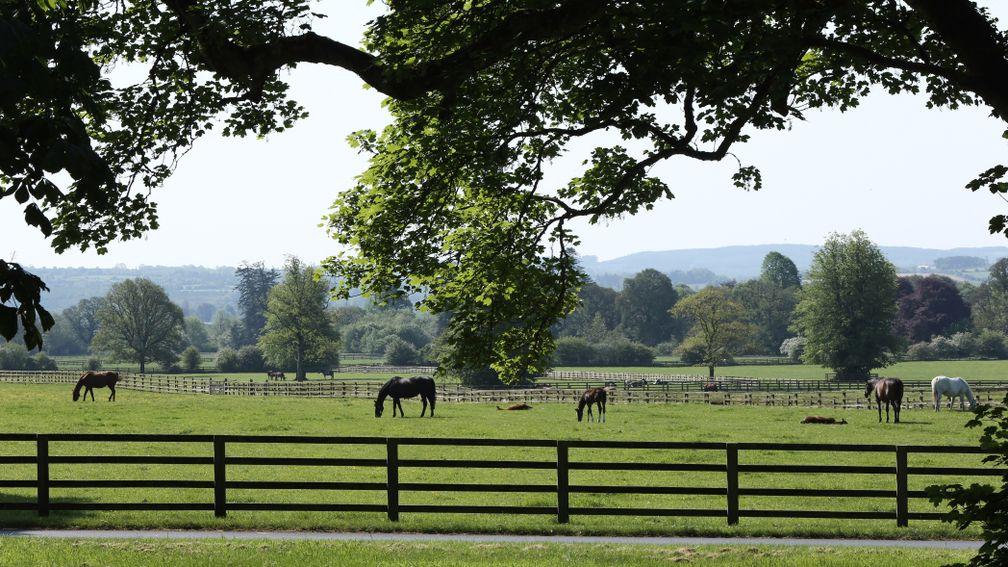
Mottled with lichen, the great slab of granite aptly evokes the strange hide that once housed the bones buried below. Photographs of The Tetrarch show whorls of white splattered across his grey coat, as random and mysterious as a section of the Milky Way viewed through a telescope. And his name, over a century after his birth, retains an astral quality of its own. That burning speed still flares somewhere in the recesses of countless pedigrees today, largely through Mumtaz Mahal – whose own daughters seeded the families of Northern Dancer, Nasrullah, Sunday Silence and many other modern patriarchs.
To stand by The Tetrarch's grave alongside John O'Connor – on a timeless summer day, the paddocks spreading sheets of silver light between the shade of ancient trees – is to understand how a name, a bloodline, a legacy, can remain vibrant even when the life force it represents has long since rotted into the loam of County Kilkenny. For while Ireland does have older studs than Ballylinch, founded in 1914 by Dermot McCalmont to stand "The Spotted Wonder", the stewardship of O'Connor ensures that none better conflates its responsibilities to past, present and future.
Respect
Just as The Tetrarch's name can still be read in the mosaic tiling of his old stable, so the roster of flourishing young stallions assembled by its managing director is scrupulously embedded in a sense of heritage; in a profound respect for the enigmas that will always abide in thoroughbreds. "Well, I should know quite a lot by now," O'Connor says wryly. "Because they say you learn by mistakes."
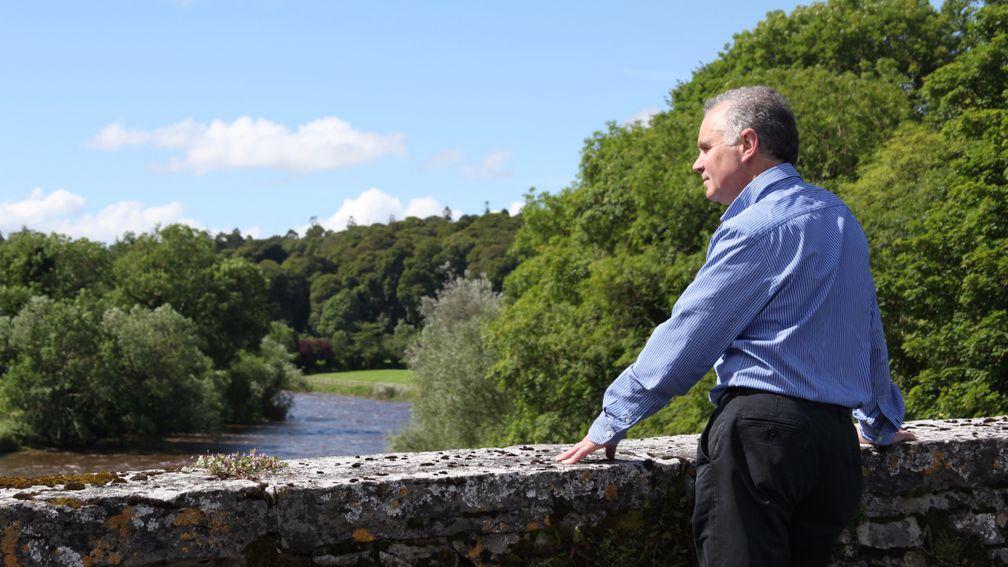
Think of certain other voices you might hear as yearlings are being viewed in Deauville this week: voices blaring with ego or insecurity; voices wheedling, glib or biddable. But then you listen to O'Connor, and your faith is at once restored. He will receive countless congratulations at Arqana over the Group 1 success on Sunday, just over the road, of Al Wukair – bred by Ballylinch with Dream Ahead, a stallion who would have frightened less imaginative farms as a son of Diktat. But O'Connor will remain unfailingly measured and humble in his thanks, his tone seamless with the courtesy and honesty of the words themselves.
So while any first-time visitor to Ballylinch can readily imagine that a man who could actually afford it might resolve to buy it on the spot – not least one who is also an ardent conservationist – it is instructive that when John Malone came to take a look, three years ago, a dense fog concealed all the parkland, the ancient estate walls, the spectacular vista that unfolds beyond the pre-training gallop. Nor could the American media tycoon see the former McCalmont mansion, now the hotel and clubhouse at the adjacent Mount Juliet golf course, gazing nostalgically across its former demesne. But you suspect Malone only needed to see the man hosting his visit, or even just to hear him, for the deal to be clinched just as quickly.
Regeneration
O'Connor had already been here for 25 years, after all, recruited from Baroda Stud as a young veterinarian by the late Tim Mahony soon after the McCalmont family sold Ballylinch in 1987. At the time, there were just four mares plus a handful of fillies in training and O'Connor was soon urging a regeneration. "The bloodstock market's pretty shaky, and this is a huge farm, with big running costs and a lot of maintenance," he told his boss. "If you want the place to succeed, we're going to have to strengthen the broodmare band in order to have something to sell."
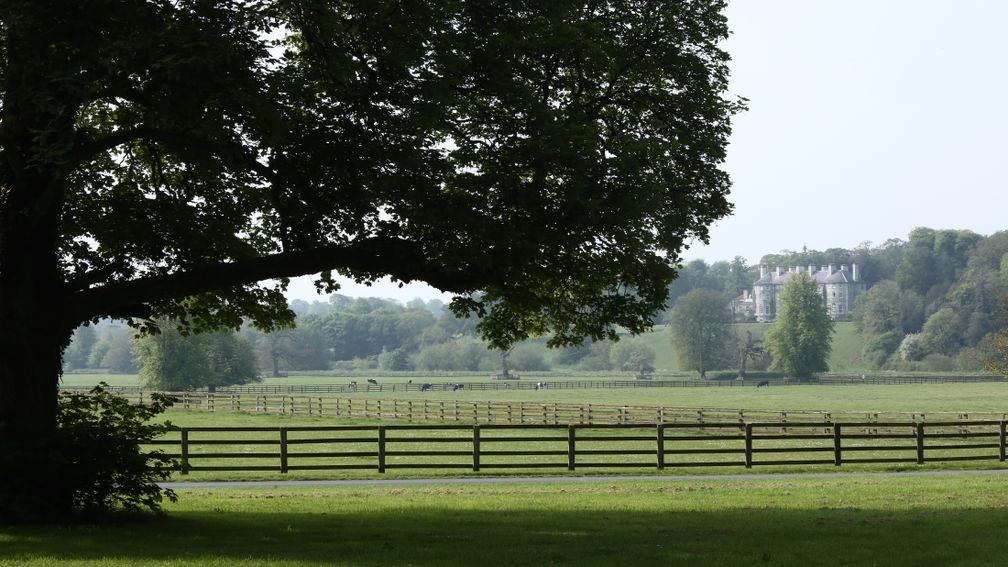
Mahony over-ruled his accountants and allowed O'Connor around ten mares. One of the first became a lasting cornerstone: Ingabelle, who produced two Group 1 winners in Priory Belle and Eva's Request. Priory Belle is granddam of Opinion, a Group 1 winner in Australia; while one of her daughters, Danielli, is dam of Breeders' Cup winner Chriselliam and triple Group 2 winner Very Special.
It proved a similar story with Pharaoh's Delight, a significant investment as a Group 1 winner at two but worth every penny thanks to her daughter Pharmacist, stakes-winning dam of another Breeders' Cup winner in Red Rocks. Another daughter of Pharaoh's Delight, Dookus, set up a memorable weekend for Ballylinch when her son Frankuus won a Group race at Haydock on Saturday.
Right sires
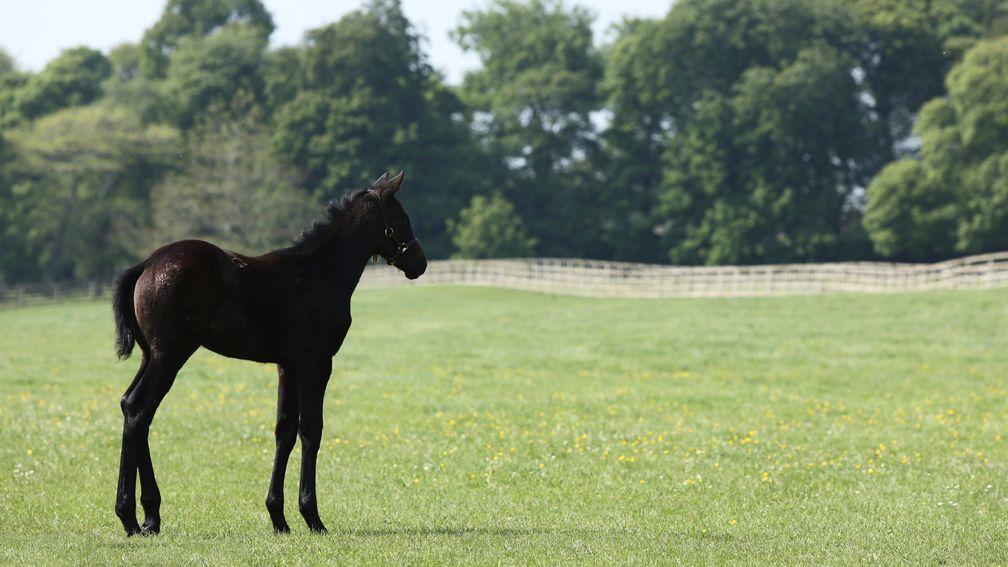
And the fact is that few farms, outside those behemoths able to retire champion colts of their own, can rival O'Connor's record in identifying and establishing those stallions. The Ballylinch roster matches depth with balance. True, both New Bay and Make Believe are punts on Dubawi; but Lawman and Fascinating Rock bring opposing Danzig lines into play; Lope De Vega extends the Storm Cat story; and Dream Ahead offers that precious outcross through Diktat. Beat Hollow, meanwhile, compounds the legacy of Sadler's Wells as a no less remarkable sire of jumps sires.
It tells you everything that their vendors almost invariably sought to keep a stake in these stallions at Ballylinch. New Bay, for instance, arrived last year with Juddmonte retaining and China Horse Club acquiring an interest in his new career. In a sense, partnerships of this kind are just a way of adapting the 1970s syndication model to modern book sizes.
Niche
"We looked to find our niche in the stallion market," O'Connor explains. "We're not one of the huge multinational groups, so you have to find a strategy that works for you. And I always feel if someone has equity in something, they're more committed to supporting it. We felt that for someone with a very good racehorse, who did not want to sell up completely, there weren't many places that could facilitate that. We had this beautiful and historic farm and just wanted to populate it with the right stallions.
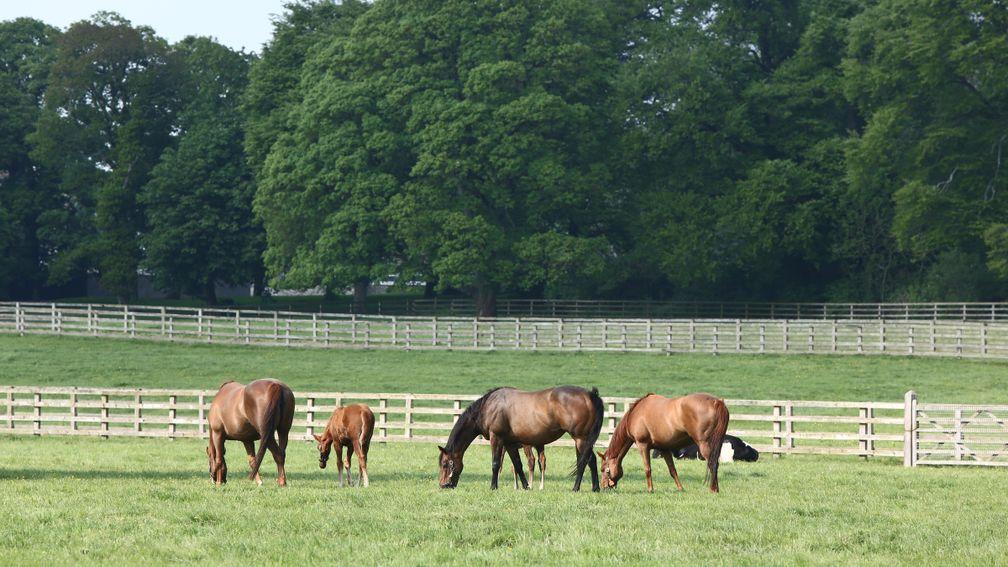
"Not every horse is going to suit our operation. We're not looking for volume, we want to be very contained in terms of numbers. That puts its own discipline. You don't retain horses that aren't helping. Remember we're trying to build value in our broodmare band, as well. To do that, you have to race enough of the fillies to allow you to create a family. So you've got to use stallions you believe will give you a filly good enough to keep. That's the long term game. Some stallions won't help you do that. We've come across them over the years, and had to move them on.
"And we've tended not to keep many fillies by them, either. If they do well for someone else, that's okay. It's part of the game. If you don't sell, you cannot sustain the business - it swamps you. Sometimes, to make financial sense of things, we've had to sell some really nice fillies: Very Special, a couple of daughters of Pharmacist, Chriselliam. But you have to take a long-term view."
Upgrade
Just as a dud will double your losses, so the stallion who rewards in-house support will upgrade your mares. Lope De Vega was standing at €12,500 when one of the Ballylinch mares produced a European champion juvenile, Belardo, from his first crop; three others came up with Group winners, from just 11 homebred foals. Their sire now commands a fee of €50,000.
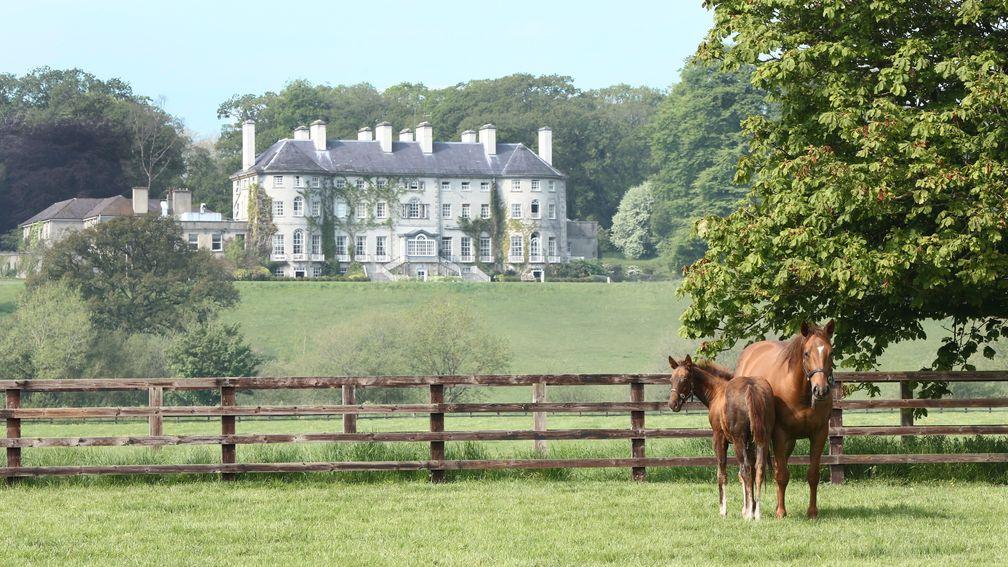
"Those percentages were extraordinary," O'Connor says. "We were probably fortunate that the crosses worked out, the physiques worked out, but he helped us and we helped him. There's a prize, for us, in investing some of our good mares to help a young stallion. Because a good stallion is very helpful to any farm - half the herd, as Bull Hancock said. It does float the whole place up: stock, revenue, the racing team.
"But it is a challenge. You need to get it right more often than you get it wrong. And you'll have seen farms, over the years, follow the bad stallions downhill. So it's important you're disciplined. We're not influenced by the latest fashion, or by hype."
Seamless
After Mahony's death in 2008, his family vowed that Ballylinch would only be sold to a buyer who revered its heritage. "They weren't ever going to sell it off to just anybody," O'Connor stresses. "They were very conscious of the staff, the mares, and so on - so when somebody came along who was able and willing to keep everything together, literally down to the yard brush, that was very attractive. The transition was seamless, and the team we had assembled over the years could stay together. That was very helpful for sustaining the success of the farm."
Malone, who had already acquired Bridlewood Farm in Florida, can only maintain the breadth of his investment portfolio by trusting in the specialists he employs. And he clearly knows enough about this particular sideline not to credit those who profess to know all the answers. As O'Connor says with a shrug, in another context: "If you're too dogmatic in this game, you're in for a really steep surprise."
It remains no less a puzzle today, after all, than when The Tetrarch – the ultimate flying juvenile – somehow sired three St Leger winners from a career total of 130 foals. That, as it happens, is precisely the seasonal limit set by O'Connor for the stud's shuttle sires in what today counts as a spirit of conservatism.
Needless to say, O'Connor himself disowns any special talent for solving these paradoxes; never mind for "making" a stallion. "No management can make a bad stallion into a good stallion," he insists. "It might confuse people for a year or two. But ultimately the horse's intrinsic merit comes out." He pauses and permits himself a chuckle. "Whether that's good or bad."
Small but select Ballylinch squad to France
If you enjoyed this, you might also like...
Fifty years on, Damascus remains a bedrock of toughness for the modern breed
Glorious double for Billesdon sisters pays tribute to McCreery
Great trainer, great breeder - Bolger is a Tesio for our times
Published on inComment
Last updated
- How Galileo came to redefine the meaning of brilliance in a sire
- We should embrace the Mares' Hurdle - for now and for the future
- Phenomenal Galileo continues to set records in the stallion ranks
- More Than ready to be called a great after Breeders' Cup brace
- Hydrangea only the latest bloom for remarkable Mill Princess dynasty
- How Galileo came to redefine the meaning of brilliance in a sire
- We should embrace the Mares' Hurdle - for now and for the future
- Phenomenal Galileo continues to set records in the stallion ranks
- More Than ready to be called a great after Breeders' Cup brace
- Hydrangea only the latest bloom for remarkable Mill Princess dynasty